I would always have put cycling as a top five or ten mechanic if asked about the subject. I suspect on many occasions I will have proffered such opinions unsolicited! I would likely have put more exciting mechanics like flashback or escape above it. I would certainly have slapped the additive mechanics of scry and some kicker style mechanics above it as well. I have held these loose opinions for as long as these mechanics have been things (Just realising I predate cycling in Magic, not just in age, but actually playing, has made me feel real old). It took just one summer of being a Magic designer rather than a Magic player to rate cycling as the clear champion of mechanics. Head and shoulders above the rest. It just does it all. I am now somewhat of the opinion that Magic would be a better game if every single card has cycling 3 or 4 as a basic attribute. Fluctuator would likely need banning but beyond that I think it would be all good! It would do more to help limited and singleton formats than it would constructed formats. It would also do more to help lower powered formats on the whole where the negative implications on spending mana to tread water are that much less. Simply put, two mana lost in standard hurts a lot less than it would in modern. As ever I mostly speak from a cube perspective, which as a limited and singleton format, the addition of more cycling would be greatly received. You could even just slap it on the basic lands and have a significantly improved game.
So why is cycling so good? Simply put, it fixes any card as far as I can tell. Some kind of cycling can be employed to turn any underpowered, narrow, or conditional card into something you might play. Cycling does this without really adding any power. Indeed, the act of cycling is almost always detrimental in that you gain no net resources while consuming some. Cycling never adds to the ceiling of a card, it never makes it broken. I guess it easily could on some madness cards but in general all you are doing with cycling (assuming some actual cost to do so) is raising the floor of a card. When you cycle a card you effectively forgo the potential power of that card to improve the performance of the deck as a whole. It is like in Star Trek when they divert power to the engine room! It is when colony insects sacrifice themselves for the hive. Cycling a card feels like a sacrifice for the greater good! Pay some small cost and get a reroll on the random. That card is gone but the deck is in better shape going forwards.
Another reason cycling is great is simply that it is tapping into one of the most fun aspects of magic - that is drawing cards. It is that lottery feeling, that potential gain of fresh new power. I love to draw cards, even when that is costing me cards. Everyone loves drawing cards, it is a big part of where the fun is found in Magic, without it you would be looking at a much drier chess like game. More drawing is roughly translating into more fun!
So what are you actually doing to a card when you slap cycling on it? For the sake of argument, lets say a generic two colourless mana to cycle, as was the standard in Urza's block where we first met the mechanic. Basically we have made it a modal card. Our card now has at least two things that it does, one of which is almost always useful. Rare is the game where drawing a card isn't desirable! This addition of a card draw mode makes our card wildly more option dense. We have an extra thing we can do with the card, that we can do at any time. Often cycling is cheaper than casting the card too which further increases the option density of the card simply by making it relevant to consider sooner than it otherwise would.
There is also some tension to be had with cycling. Once cycled, your card is gone. You can cycle at any time but once you decide to do so that is final. This tension combined with the ongoing option to cycle and the ever changing context of the game at hand results in a nice dynamic and involved feeling. You can't just work out what is right and then shelve it and not reconsider. Continual evaluation is required to play correctly with cycling cards.
So how does one evaluate cycling on a card? How to tell how much is being added to a card? There are a couple of rules of thumb you can go with. Broadly speaking you want cycling costs at odds with the cost of the spell. Big expensive spells want cheap cycling costs, and while cheap spells don't want expensive cycling costs over small ones, they can afford the larger costs. This is just getting a cards range covered. The drawback of big spells is being useless prior to having the mana for them, and cheap cycling mitigates this perfectly. In a screw you can cycle and dig for land, in a flood you have a big expansive spell to sink a bunch of mana into.
The issue with cheaper spells tends to be low nominal power as the game goes on. Being able to cycle off that ramp card or 2/1 dork is well worth it if you have sufficient average power in your other cards. Late game, when the cheaper spell isn't looking so hot you are far less constrained by mana and far more constrained by nominal power and cards. You are more than happy to pay one or two more mana to cycle away that low impact, low value card in the hope of finding something meaty.
Cycling is worth more on polar cards. This can be, as discussed, the very expensive and the very cheap cards. It can also be, as only mentioned in passing, those that are narrow in some way, be that conditional, or situational. You want contrast in a modal card for that modal card to really shine. Cycling is a super average ability. It is the average card in your deck! A little worse in fact thanks to having paid the cycling cost to get there. A good contrast is something conditional or situational and their inherent high potential ceiling of power. Your bread and butter cards are not ideal candidates for cycling, you just want to be casting those as much as possible. Cycling on a Searing Spear isn't a very enticing prospect to give the ability to, you are mostly just wanting to cast such things. On a combat trick, or a removal spell with a limited range of targets however, these more conditional and situational cards, they really appreciate the cycling.
As far as your basic cyclers go I really like either two colourless mana or one coloured mana. One generic mana is a bit much, the card you put that on has to be really useless else the cost of inclusion is simply not enough. Colourless cyclers are incredibly easy cards to splash for as you are never punished too hard for not having the coloured mana available. If you reduce the cycling cost to a single mana it halves the tempo loss on such cards. I do like the single mana cyclers in cube but I like them to be coloured mana to keep things rather more reasonable and contained. Cube is such a powerful format that you cannot afford two mana to cycle until relatively late in the game. This makes a lot of the cycling cards unplayable if you are expecting to have to cycle them more often than not. You just can't afford to be getting clogged up. Ultimately the most rounded cycling cost I found was that shown below. It allowed a card to be a very cheap include in a deck firmly of those colours while remaining a much fairer option to safely act as a splash card. That was a perfect balance for awkward cards like Naturalize. Cards you always want access to in cube, but that often do too little at any given time. I have designed a lot of Disenchants and the only ones I have made playable without making over powered are those, like this, with cycling. If this were just cycling 2 it would mostly see play as a splash card, not having the power or convenience to appeal enough to heavy green players. With cycling of just a green mana this card loses the appeal of being a splashable answer but does start to look great in any green deck due to the low cost of inclusion and high utility. Make it just 1 to cycle and you break the card, you play it anywhere that can find green mana to play it, why wouldn't you? The split cost feels like it opens up the card as much as possible to maximize the overall playability without crossing over that line of being overly convenient.
I have of course just been talking about the very basic cycling upto now. That is the spending of mana to turn your cycling card into the top card of your library. There are plenty of other forms of cycling with their own perks, all of which adding great scope to the mechanic. Simple things like paying life instead of mana as in the case of Street Wraith transforms a card into a whole different beast, one where the cost of doing so can itself be a perk. Then there are those cards that have an effect when cycled, acting like an uncounterable alternate spell. Gempalm incinerator and the like. Then there are those that act like a tutor and cycle for a specific type of thing are also very interesting. Having been around a long time cycling has evolved into many different beasts, most of which are great. I approve of most of these uses provided they are designed well.
By far and away the most interesting in terms of design of these cycling variants are the ones that find a basic land. This is almost the perfect Magic card. Like the MDFC lands, but much cleaner, and generally better. They have been a bit of a game changer. The low low power level a card needs to be playable when you have some form of basic land cycling for a colourless mana on the card I think surprised everyone. You are quite close to turning a card into a land that enters tapped when you put landcycling 1 on it. Better in many ways as you get to fill up the bin and you get to pay your 1 mana tax prior to the laying of the land. Being so purely defined as land or gas you have the perfect card in a screw or flood. They are the perfect consistency tool. They do the job you play card quality spells to do but they do so by cutting out that middle man. I hope we continue to see cheap landcycling cards going forwards. Nice low powered cards that just sit there improving games and consistency for everyone. Below is the only other design for a pure Disenchant effect I have managed to make playable and appealing. Where nothing else seemed to work for the card, cycling proffers multiple solutions!
So there we have it, the best mechanic in magic. Able to solve every problem and fix every card. I respected it as a player, I adore it as a designer. I love it on lands, I love it when it finds lands. I love it on my big spells, on my small spells, and on my cheeky spells. Cycling is doing some real heavy lifting in helping Magic be the best game it can be!
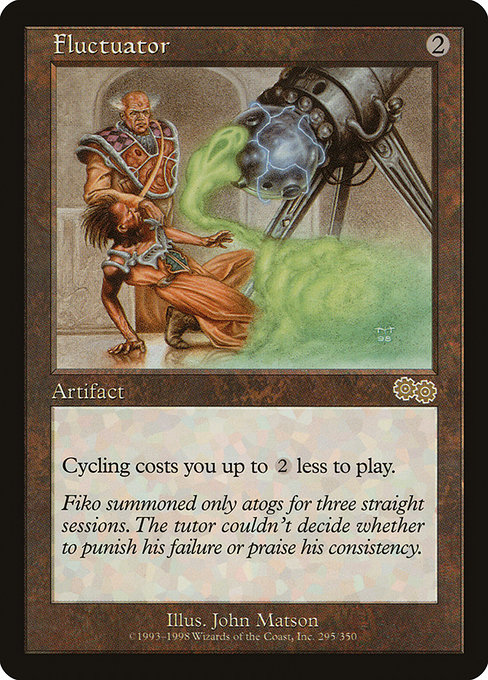
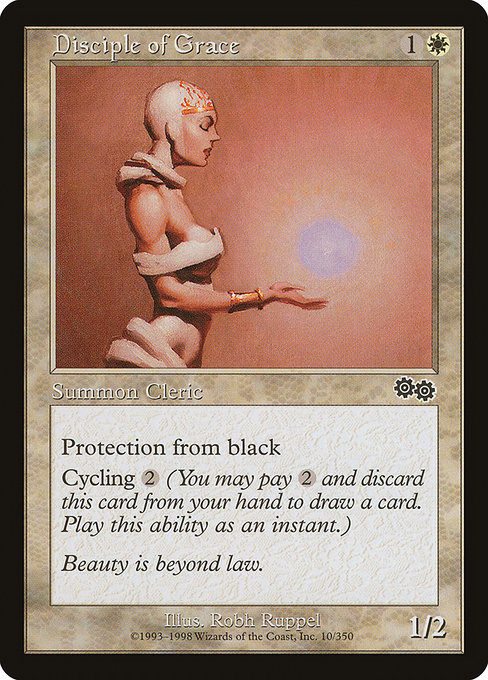
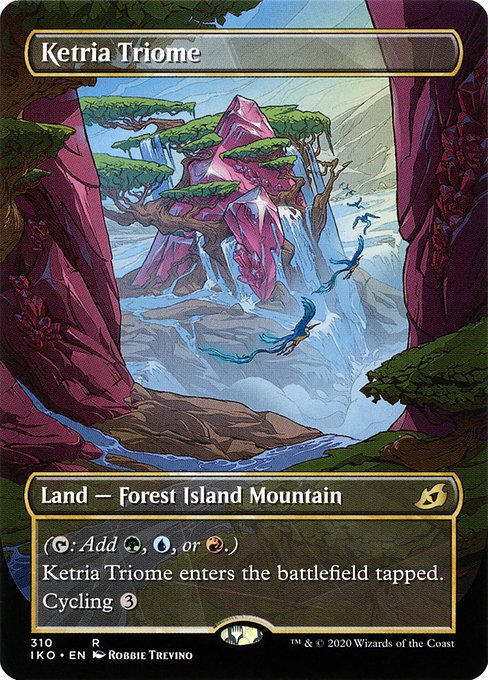
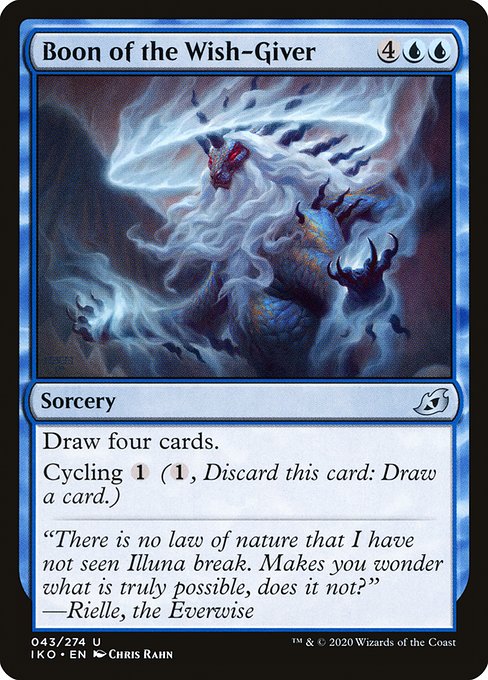

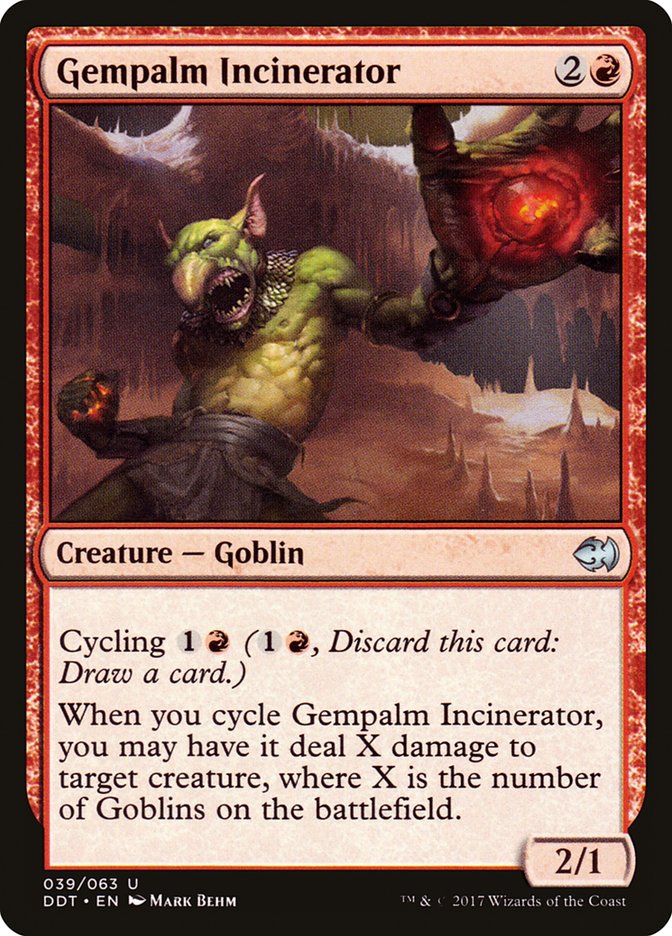

No comments:
Post a Comment